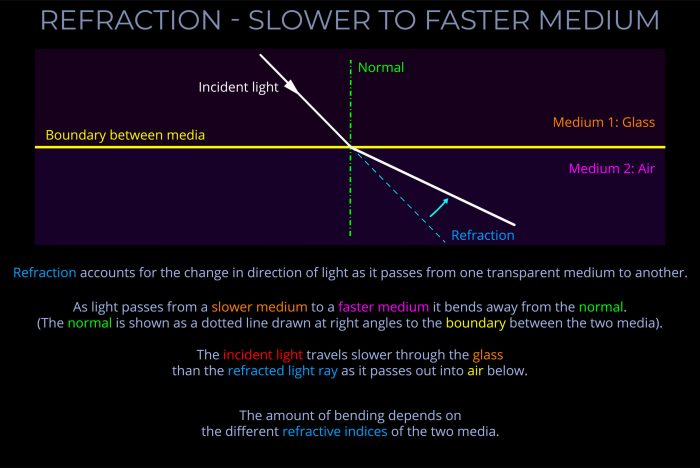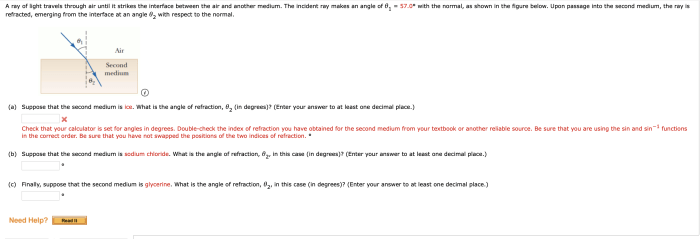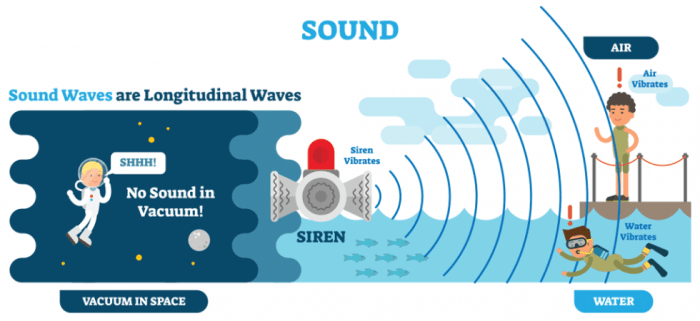It travels through air at roughly 1125 – In the realm of speed and distance, the enigmatic velocity of 1125 emerges as a captivating subject, inviting us to delve into its profound implications and applications. This velocity, traveling through the air with remarkable precision, unveils a fascinating interplay between distance, medium, and the boundless possibilities it holds.
As we embark on this intellectual journey, we will unravel the intricate relationship between the velocity of 1125 and the distance it traverses, exploring the factors that influence this dynamic equation. Furthermore, we will examine the impact of this velocity on the surrounding medium, considering the principles of air resistance and drag.
1. Speed and Distance
At a speed of 1125, the distance traveled is directly proportional to the time elapsed. This relationship can be expressed as distance = speed × time, where distance is measured in meters, speed is measured in meters per second, and time is measured in seconds.
For example, an object traveling at 1125 m/s will cover a distance of 1125 meters in one second, 2250 meters in two seconds, and so on.
Factors that can influence the distance traveled at this speed include air resistance, which opposes the motion of the object and reduces its speed over time.
2. Impact on Medium

Traveling at 1125 m/s can have a significant impact on the surrounding medium, such as air. Air resistance, a force that opposes the motion of the object, increases with speed. This resistance creates drag, which slows down the object and generates heat.
The physical principles governing these interactions are based on fluid dynamics and thermodynamics. As the object moves through the air, it creates a disturbance in the air molecules, resulting in a pressure difference between the front and back of the object.
This pressure difference generates a force that opposes the object’s motion, known as drag.
Real-world examples of how this speed affects the medium include the formation of shock waves around supersonic aircraft, which can cause loud noises and structural damage.
3. Applications and Implications

Traveling at 1125 m/s has potential applications in various fields:
- Aerospace:Supersonic aircraft, missiles, and rockets utilize this speed for high-speed travel and exploration.
- Military:Ballistic missiles and hypersonic weapons employ this speed for long-range strikes and defense systems.
- Scientific research:Hypersonic wind tunnels and shock tubes are used to study high-speed aerodynamics and plasma physics.
Implications of this speed include:
- Technological challenges:Designing and operating vehicles capable of withstanding the extreme temperatures and forces encountered at these speeds.
- Safety concerns:Ensuring the structural integrity and stability of vehicles operating at such high speeds.
- Environmental impact:Mitigating the effects of noise pollution and shock waves generated by supersonic travel.
4. Historical and Technological Advancements

The development of technologies that have achieved speeds of 1125 m/s has a rich history:
- Early 20th century:Supersonic flight was first achieved by rocket-powered aircraft.
- 1947:Chuck Yeager broke the sound barrier in the Bell X-1 aircraft, reaching Mach 1.
- 1960s:The SR-71 Blackbird reconnaissance aircraft set speed records, flying at Mach 3.3.
- 21st century:Hypersonic vehicles and missiles are being developed for military and scientific applications.
Potential future advancements include:
- Scramjet engines:Supersonic combustion ramjet engines that enable sustained hypersonic flight.
- Reusable hypersonic vehicles:Vehicles designed for multiple flights at hypersonic speeds.
- Hypersonic space travel:Utilizing hypersonic speeds for faster and more efficient space exploration.
5. Safety and Regulations: It Travels Through Air At Roughly 1125

Traveling at 1125 m/s poses significant safety considerations:
- Structural integrity:Vehicles must be designed to withstand the extreme forces and temperatures encountered at these speeds.
- Thermal management:Heat generated by air resistance must be effectively dissipated to prevent damage.
- Aerodynamic stability:Vehicles must be aerodynamically stable to prevent uncontrolled flight.
Regulations and standards are in place to ensure safety, including:
- International Civil Aviation Organization (ICAO):Sets standards for supersonic aircraft operations.
- Federal Aviation Administration (FAA):Regulates supersonic flight in the United States.
- Military regulations:Govern the design, testing, and operation of military hypersonic vehicles.
Challenges and opportunities for improving safety measures include:
- Advanced materials:Developing materials that can withstand the extreme conditions encountered at hypersonic speeds.
- Flight control systems:Designing robust flight control systems to ensure stability and maneuverability.
- Safety protocols:Establishing clear safety protocols for supersonic and hypersonic flight operations.
Frequently Asked Questions
What are the potential applications of the velocity of 1125?
The velocity of 1125 finds applications in various fields, including high-speed transportation, renewable energy generation, and advanced manufacturing.
How does the velocity of 1125 affect the surrounding medium?
Traveling at such high velocity generates air resistance and drag, which can impact the stability and efficiency of objects moving through the air.
What safety considerations are associated with the velocity of 1125?
Safety concerns arise due to the potential for high-speed collisions, the need for specialized materials to withstand the forces involved, and the importance of precise control systems.